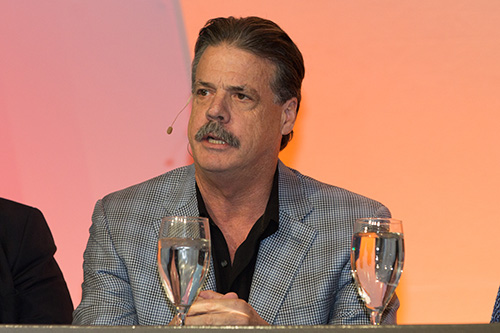
"While scarcity may be the most pressing water issue, water quality is a close second," said Mike McCloskey, owner of Fair Oaks Dairy and chairman of the Sustainability Initiative for the Innovation Center of U.S. Dairy. In making that statement, he not only discussed ways the dairy industry can improve water quality, but other environmental issues, too.
"Everyone in our watersheds need to do better at removing phosphorus and nitrogen," he said to those attending this year's Dairy Forum hosted by the International Dairy Foods Association in Phoenix, Ariz. "It costs $5 on farm to remove 1 pound of phosphorus. It costs $55 to $60 per pound to remove it from a stream," he said, explaining that residences also contribute to nutrient loss through septic tanks, lawn care, and others as well as golf courses and small industry.
McCloskey believes a way forward is to incentivize ways to reduce nutrient losses for everyone in the watershed.
"We need an incentive for better septic systems to reduce nutrient losses," said the Indiana dairy farmer, whose dairy hosts some half a million visitors a year. He noted that some septic systems leach phosphorus and other nutrients. "We have already incentivized energy reductions with rebates on energy efficient windows, refrigerators and other appliances. If we incentivize everyone in a watershed, all of us will innovate and create verifiable and quantifiable reductions that would deliver economic incentive, allowing everyone in the watershed to invest in new technology."
McCloskey also discussed how we can make better use of water on a dairy.
"Of the 161.5 liters of water (42.6 gallons) needed to make a liter of milk, 161 are needed on the farm," he said when talking about water use from farm to grocer. "Of the 161.5 liters of water, 93 percent is used by cropping enterprises," he said, referring to opportunities to reduce future use.
(c) Hoard's Dairyman Intel 2016








